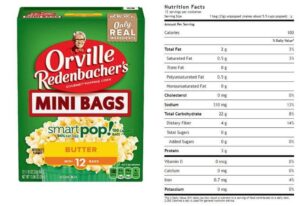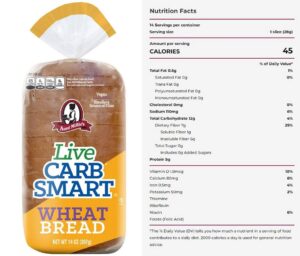5 min read, 823 words
The Right Way to Start a Diet, Add Before You Subtract
To me this is Diet Mistake #1 because it is among the most common things I hear from clients who started a diet or cutting phase prior to working with me.
I view the startup phase of a diet as a three-step process. This process can happen within a week, or it might take as long as a month depending on the client, their current diet, or their experience with weight loss phases.
The Startup Phase should look like this:
- Add in quality food and fix nutrient deficiencies.
- Remove garbage foods (nutrient-void foods).
- Reduce quantity (reduce calories).
Ultimately, you can’t “diet” forever. This needs to be thought of as a lifestyle change. You’re learning how to eat to achieve your goals. Learning how to eat better to feel better. Learning how to eat better to be healthier. This new way of eating needs to be maintained indefinitely to maintain your new “healthy” weight and lifestyle. It’s not a long-term diet. It’s learning a new way to nourish your body.
Step 1: Add-In Quality Food, Fix Nutrient Deficiencies
Start by adding in quality foods—more lean protein, more vegetables, more fruits, more whole grains. Choose lower-fat, nutrient-dense options.
Focus on wins and early success by building meals around high-quality protein and fiber. Every meal should include a protein source, plus veggies, fruits, and/or whole grains.
Re-learn what it feels like when your body is well nourished. Notice how you sleep better, perform better, recover faster—and ultimately feel better.
Step 2: Now Start Removing the Garbage
By adding in and prioritizing quality protein, vegetables, fruits, and whole grains, you’ll naturally begin crowding out a lot of the junk food.
Now it’s time to start purposely phasing out more of the nutrient-poor food choices. When the lower-quality foods run out, don’t replace them. Look for better alternatives instead.
All food is energy. Most garbage foods are energy-dense and nutrient-poor. By replacing them with higher-quality, nutrient-dense foods, you might already be seeing success. You may already be losing weight.
If you’re already losing weight—keep doing what you’re doing. Don’t overthink it. Don’t starve yourself. Don’t get impatient and think, “Well, I lost 2 pounds this week—if I eat even less, I can lose 3 next week!” No, no, no!
Just ride the wave. Keep doing what’s working. Don’t rush the process. Rapid weight loss increases your chances of losing muscle—and muscle is vital for a healthy metabolism. You want to keep every ounce of it.
If you’ve plateaued or aren’t losing weight anymore, now is the time to pull back a little more and move on to the next step.
Step 3: Reduce Energy Consumption
In other words—cut calories.
If you’ve already phased out most of the junk food, it’s time to strategically reduce calories while prioritizing protein. Start by reducing either carbs or fats—whichever you prefer. Generally it is easier to reduce calories by reducing fat as it is the most calories dense macro at 9 calories per gram.
Protein intake must be kept high to protect muscle mass, support metabolism, and help you stay full. Preserving muscle during a fat loss phase is critical—not just for strength and performance, but because muscle is metabolically active tissue. The more muscle you have, the more calories your body burns at rest. The more muscle you have the better your body is able to dispose of glucose.
Losing muscle can slow your metabolism, making it harder to maintain your weight loss over time. Prioritizing protein helps you retain that muscle while also keeping you fuller between meals, which makes sticking to a reduced-calorie diet a whole lot easier.
Let’s not forget the importance of fiber. Aim to increase the fiber rich foods you eat, Fiber also helps to keep you feeling full and reduce hunger signals. Especially true when reducing calorie consumption.
Key Takeaways:
It’s Your Move: If this sounds simple—it’s because it is. But simple doesn’t mean easy. It takes effort, intention, and practice. But you can do it. Start where you are, take the next step, and commit to the process. This is your move toward a stronger, healthier version of you.
The Long Game Wins: Sustainable fat loss comes from building a solid foundation—nutrient-dense foods, smarter choices, and patience. If you want to keep the weight off for good, this is where it starts. Think less about perfection, more about consistency. That’s the game-changer.
The Real Shift Happens Here: This approach isn’t sexy or flashy—but it works. It’s not about gimmicks or drastic restrictions. It’s about doing the basics consistently, eating like an adult, and giving your body what it actually needs. Master these three steps, and you won’t just lose weight—you’ll change your health trajectory.







